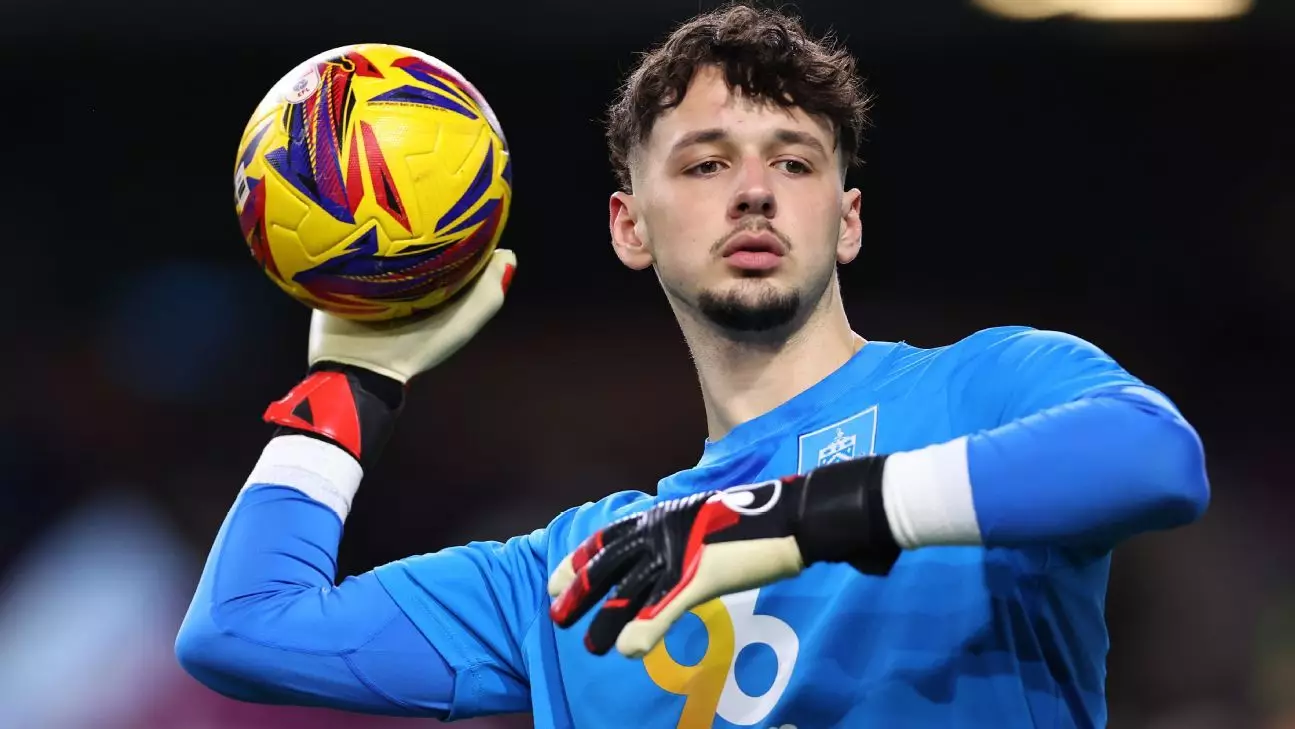Manchester City’s transfer strategy this summer reveals a nuanced approach to maintaining their competitive edge. Central to this is the potential signing of Burnley’s James Trafford, which signals City’s intent to build a resilient squad anchored in both experience and youthful promise. The club’s internal discussions about re-acquiring Trafford—despite already including a buy-back clause—highlight their desire to bolster squad depth in goal, especially amid speculation that Ederson might be leaving. The fact that Galatasaray is rumored to be targeting Ederson suggests City recognizes the importance of safeguarding their goalkeeping options, whether through retaining their Brazilian maestro or pivoting to emerging talents like Trafford. This move reflects a calculated gamble: securing a promising goalkeeper who understands the club’s philosophy while preparing for diverse scenarios that could unfold in the transfer market.
Ederson’s Future and Goalkeeping Hierarchy
Despite Ederson’s firm stance at the FIFA Club World Cup about remaining in Manchester, uncertainty lingers. His contract has only a year left, which makes him a prime candidate for either renewal or an exit. City’s internal planning demonstrates a strategic patience—monitoring Ederson’s situation closely while ensuring they have a reliable successor lined up. Stefan Ortega, the German goalkeeper who serves as Ederson’s understudy, also faces questions about his future, with Bundesliga links casting doubt on his staying power. Meanwhile, Marcus Bettinelli’s signing signals a pragmatic move to cover backup responsibilities, although he is primarily seen as cover rather than a long-term solution. Overall, Manchester City’s approach underscores a broader philosophy: prioritize stability in goal, but stay adaptable to roster changes that could impact their ambitions on multiple fronts.
Defensive Depth and the Search for Cover in the Backline
City’s recent transfer activity indicates a focus on augmenting their defensive options without overhauling the entire backline. Their consideration of Tino Livramento—despite not preparing a bid—reflects a measured approach, recognizing the need for a confident right-back following Kyle Walker’s departure. The absence of a clear plan to replace Walker immediately suggests that Pep Guardiola remains flexible, relying on versatile players like Rico Lewis, Matheus Nunes, and Manuel Akanji as impromptu options in that role. This pragmatic stance emphasizes squad flexibility rather than rigid positional fixations, positioning City to adapt dynamically as the season unfolds. The club’s prior emphasis on proactive acquisitions such as Aït-Nouri, Reijnders, Cherki, and Bettinelli confirms their broader strategy: secure key talent early, focus on squad balance, and address positional gaps as they emerge.
The Broader Transfer Strategy: Balance, Flexibility, and Future Planning
Manchester City’s current transfer window illustrates a mature, calculated approach that balances immediate needs with long-term planning. Their focus on offloading players like Jack Grealish and Kalvin Phillips indicates a desire to streamline the squad for optimal performance and salary cap management. The early transaction spree before the Club World Cup—which brought in promising talents such as Rayan Aït-Nouri and Tijjani Reijnders—demonstrates an enlightened vision: pile up talent ahead of the season, then fine-tune the roster by trimming surplus assets to reinforce core strengths. City’s willingness to explore both youth prospects and experienced players reveals a commitment to evolving resilience, ensuring they remain formidable on all fronts.
While some critics might argue that this intensive transfer activity risks disrupting team cohesion or creating instability, City’s overarching strategy appears rooted in meticulous planning and flexibility. Their willingness to adapt positions them as one of the most intelligently managed clubs in European football, poised to sustain their dominance with strategic agility and an unwavering focus on excellence.

